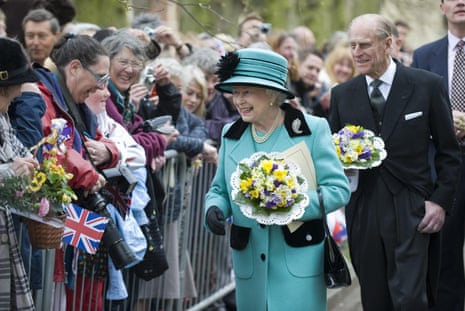Day in, day out, at thousands of engagements over 73 years, the Duke of Edinburgh could be found where protocol dictated and love determined: at the Queen’s side or a few paces behind.
Half of perhaps the world’s most famous partnership, Prince Philip was dutifully deferential in public, though the few glimpses afforded into the dynamics of their private relationship suggest a more patriarchal attitude was deployed at home.
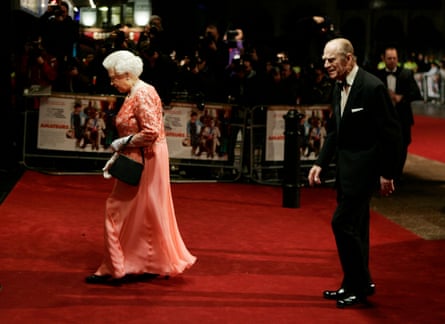
For Philip – naturally brusque, easily exasperated and with no discernible inclination to suffer fools gladly – the role of prince consort (though he was never officially given that title) was one to which he was not immediately or obviously suited.
His physical fitness, sporting ability, inquiring mind and leadership qualities saw him excel at Gordonstoun school, then later in his Royal Navy career.

Had he not married the young Princess Elizabeth, some believe he would have become First Sea Lord. “As far as I am concerned, there has never been an ‘if only’ except, perhaps, that I regret not having been able to continue a career in the navy,” he once said.
But marry her he did, overcoming many obstacles on the path to Westminster Abbey.
The young Prince Philip of Greece, a stateless, peripatetic, impoverished and exiled royal, was a third cousin to Princess Elizabeth, and so the royal family “knew all about him”, as the Queen Mother would put it.
But he really came to the attention of the 13-year-old princess in July 1939 during a royal visit to the Royal Naval College at Dartmouth where he was a cadet. Charged with entertaining Elizabeth and her younger sister, Margaret, 18-year-old Philip captivated the heiress to the throne by jumping over tennis nets.
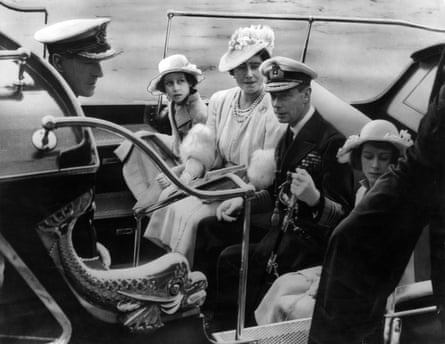
When the royal party later departed by yacht, a number of cadets set out in rowing boats to follow. According to some breathless biographers, the others gradually fell away, leaving Philip, alone, to continue far out to sea in the yacht’s wake. Philip dismissed the stories as “tosh”: the boats followed the yacht for 200 metres, then they all turned around, went home and that was that.
And there were no thoughts of marriage, he said, until 1946 – a year before their wedding.
The prospect of “Phil the Greek” as a serious suitor did not sit well with the establishment. George VI, dismayed his elder daughter wanted to marry the first man she had met, thought her too young. His wife mischievously referred to him as “the Hun” because of the naval officer’s “foreign-ness” through his mixed Danish, Russian and German heritage. Her brother David Bowes-Lyon dismissed him as “a German”. With his sisters married to German princelings, Philip would be a hard sell to a post-war British public.
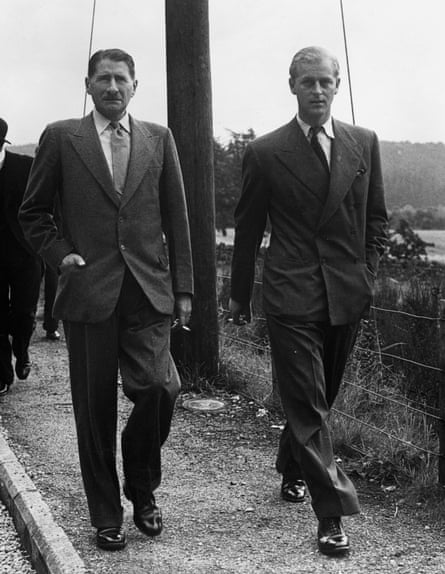
With no money, no nationality, not even a name – unless you counted his Danish dynastic name of Schleswig-Holstein-Sonderburg-Glucksburg, Philip’s prospects on paper did not look good. It would take the spin-doctoring skills of his “Uncle Dickie” – Lord Mountbatten, Philip’s uncle, and second cousin once removed to Elizabeth – to ensure he got to the altar with the British public behind him.
His first visit to Balmoral, as prospective suitor, would prove a testing time for a young man to whom obsequiousness did not come naturally. Sir John Colville, then the princess’s private secretary, wrote of the stay: “Lords Salisbury, Eldon and Stanley think him no gentleman, and in a sense they are right. They also profess to see in him a Teutonic strain.” Courtiers thought he was “rough, uneducated and would probably not be faithful”.
Taking the princess on a four-month tour of South Africa was seen by the king and queen as a way of cooling the relationship, though it had no such effect. By then, the couple were unofficially engaged.
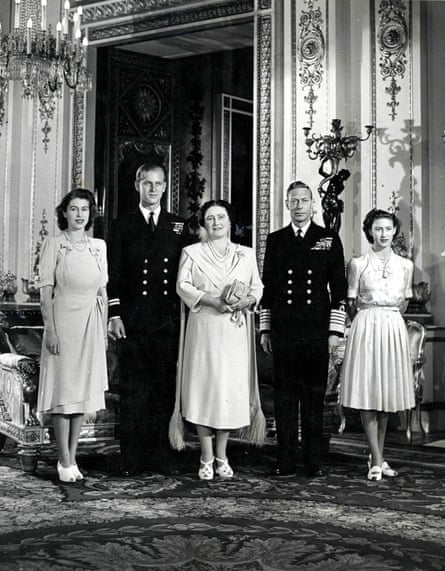
As to Philip’s nationality, it was left to Lord Mountbatten to smooth the way by lobbying the appropriate authorities so efficiently that on 18 March 1947, Philip’s naturalisation was announced in the London Gazette. He was now Lt Philip Mountbatten, taking his uncle’s surname, which itself was an anglicised version of the German Battenberg. As Uncle Dickie continued to flood the British media with details emphasising his nephew’s total “Britishness”, the propaganda war was won, and the betrothal officially announced in July 1947.
Initiation into royal life was not easy. His first private secretary and close friend, Michael Parker, once revealed: “He told me the first day he offered me my job that his job first, second and last was never to let her down.”
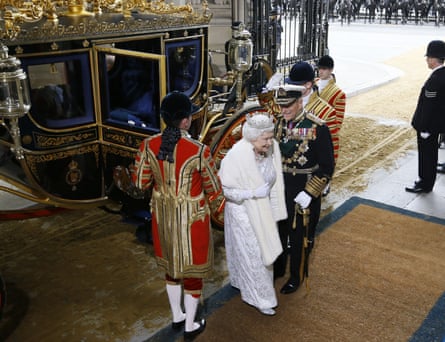
Philip was the only man in the world who could, and did, treat the Queen as simply another human being, which, according to close aides, she valued.
The late Ben Pimlott, the Queen’s biographer, recounted an incident when the polo-playing Philip was driving the Queen and Mountbatten to Cowdray Park. Worried about their speed, the Queen started to tense herself and audibly draw in breath until Philip barked: “If you do that once more, I shall put you out of the car.” She stopped, immediately.
On arrival at their destination, a surprised Mountbatten asked her: “Why didn’t you protest? You were quite right. He was going much too fast.” To which a puzzled looking Queen replied: “But you heard what he said.”
Not that she was subservient. “He shouts at the Queen sometimes like he shouts at other people and she doesn’t seem to mind,” a friend told the biographer Sarah Bradford, adding that the sovereign was not averse to saying: “Oh Philip, do shut up. You don’t know what you’re talking about.”
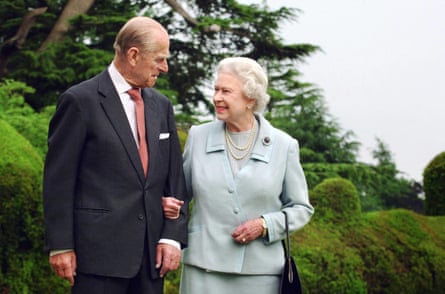
Often inscrutable, the Queen’s face became more animated in public when her husband was around, whether waiting for him to catch her up on a royal walkabout, or watching him compete at carriage driving.
Throughout his life there were unsubstantiated stories about his friendships with glamorous women, though none were proven and those close to him always insisted they were untrue. If they were, the Queen must have decided to turn a blind eye.
Though many commentators and biographers have analysed the royal marriage over tens of thousands of pages, none have come anywhere close to the Queen herself in describing her devotion to the man she fell in love with as a teenager.
“He is someone who doesn’t take easily to compliments,” she said in a speech to celebrate their golden wedding anniversary in 1997. “But he has, quite simply, been my strength and stay all these years, and I, and his whole family, and this and many other countries, owe him a debt greater than he would ever claim, or we shall ever know.”
